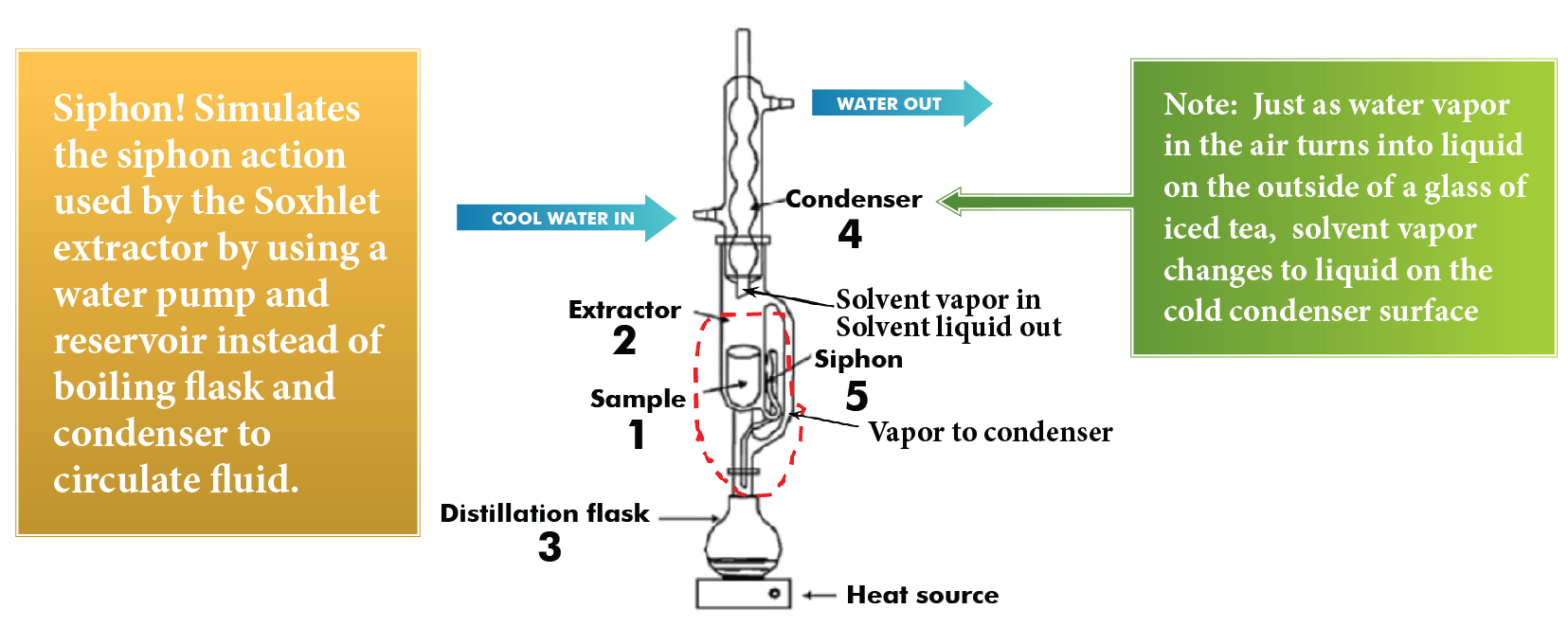


Europe is the world’s leading consumer making for a fairly local concentrated supply of oily spent coffee grounds (SCG) that would typically go to landfill or possibly be used as garden fertiliser. Coffee is one of the largest agricultural products and one of the most popular beverages worldwide. These alternative feedstocks include: agricultural, municipal, industrial and sewage wastes and can be known practically as biomass. Graphic AbstractĪccelerated release of carbon into the atmosphere and derived ecological consequences accompanied by increasing prices and falling production of crude oil, drives research into the utilisation and valorisation of waste materials into fuels and renewable chemicals. The extracted oil can be converted into biodiesel and biochemicals leaving the remaining solids suitable for processing into bioethanol, fertiliser, adsorptive material and fuel pellets. It is proposed that a certain moisture content in the SCG would be beneficial to the extraction process and might it also play a role in the heating process. MAE achieved a 24-fold decrease in duration for the extraction compared with SE and used less solvent per gram of oil produced. In 10 min, MAE was successful in extracting more oil than SE. It was found that each of these parameters had an effect on the process, with the largest yield being over 11.54 wt%, oil extracted in 10 min using 160 mL of hexane at 95 ☌. Microwave-assisted oil extraction (MAE) from SCG was performed over different durations, varying solvent volumes and extraction temperatures. This paper investigates oil extraction from spent coffee grounds (SCG) by means of an advanced microwave process and compares this with a conventional Soxhlet extraction (SE) method. The production of energy and chemicals from waste biomass is an attractive alternative by comparison with first-generation biofuels and fossil feedstocks.


 0 kommentar(er)
0 kommentar(er)
